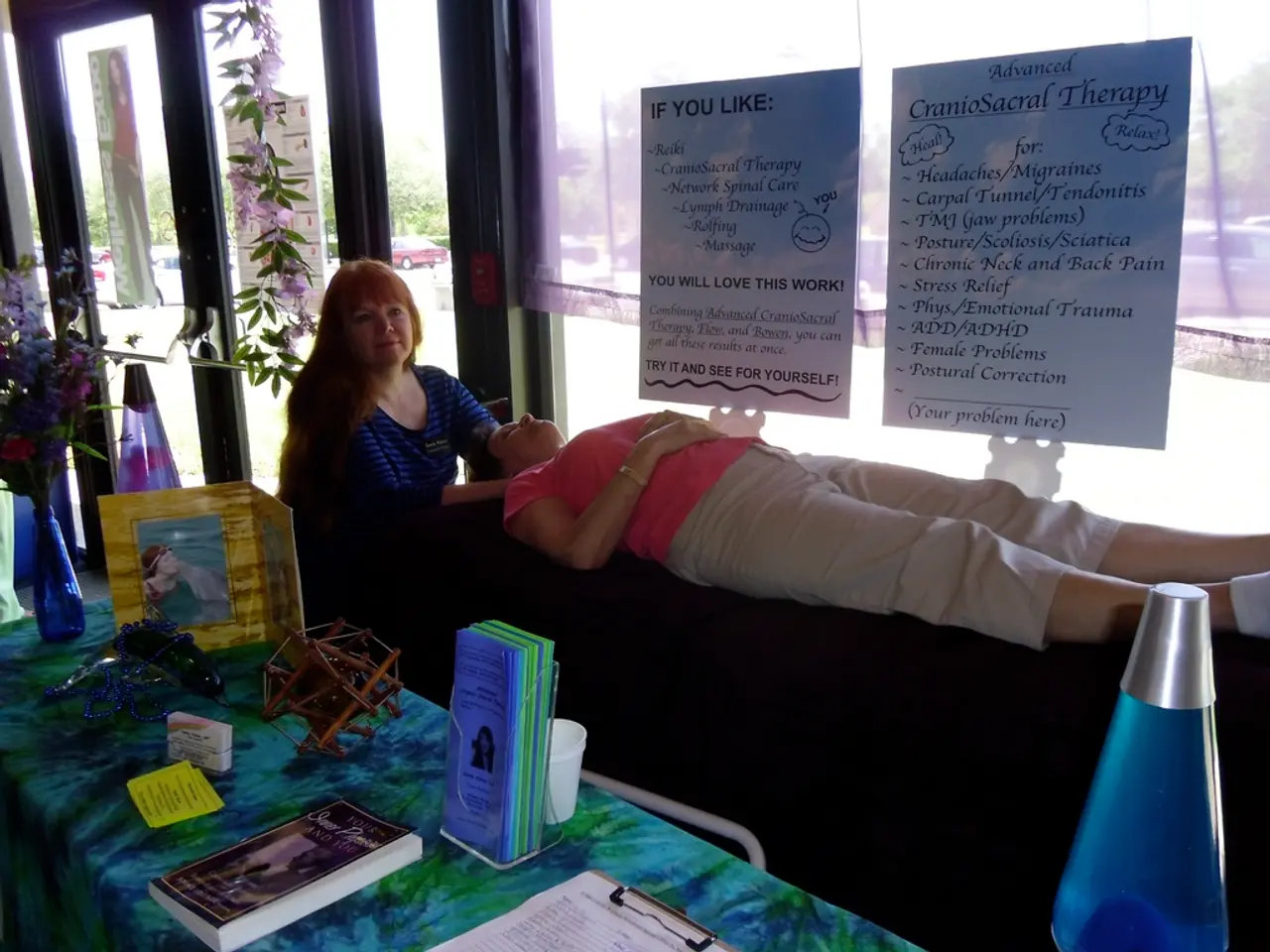Top 8 Efficient Breathing Methods
In the quest for holistic well-being, breathing techniques have emerged as a potent tool for managing stress, improving sleep, and supporting treatment for lung conditions. Here's a comprehensive guide to various techniques and their benefits, along with practical advice on incorporating them into daily life.
## The Benefits of Breathing Techniques
### Stress and Anxiety Management
Breathing techniques such as 4-7-8 breathing can significantly reduce stress and anxiety by lowering cortisol levels, promoting emotional regulation, and inducing a relaxation response.
### Sleep Improvement
Techniques like Sama Vritti (equal breathing) or 4-7-8 can help relax the body before sleep, improving sleep quality, and reducing stress-related insomnia.
### Lung Conditions
Pranayama techniques like Bhastrika and Kapalbhati can strengthen respiratory muscles, potentially improving lung function, and certain pranayamas can increase the ability to hold one's breath, which may aid in managing respiratory conditions.
## Techniques and How to Perform Them
### 1. 4-7-8 Breathing (Relaxation Breath)
Inhale for a count of 4, hold for 7, exhale for 8. Repeat for 3-4 rounds. This technique reduces stress, promotes relaxation, and can help with sleep.
### 2. Bhastrika Pranayama (Bellows Breath)
Sit comfortably, inhale and exhale rapidly through the nose with forceful breaths. This technique can decrease heart rate, lower blood pressure, and lessen anxiety.
### 3. Mindful Breathing
Focus on your breath without judgment, continually bringing your attention back to it. This practice improves mindfulness, reduces stress, and enhances concentration.
### 4. Sama Vritti (Equal Breathing)
Inhale for the same duration as you exhale (e.g., inhale for 4 seconds, exhale for 4 seconds). This technique calms the mind, reduces stress, and stabilizes blood pressure.
### 5. 30-Second Deep Breathing Exercise
Take six deep breaths over 30 seconds, inhaling through the nose and exhaling through the mouth. This quick exercise reduces stress and blood pressure.
## Incorporating Breathing Techniques into Your Daily Routine
1. Start Small: Begin with short sessions (5-10 minutes) and gradually increase duration as you become more comfortable with the techniques. 2. Consistency: Practice at the same time each day, ideally when you wake up or before bed. 3. Combine Techniques: Experiment with different techniques to find what works best for you and vary them throughout the day. 4. Use Triggers: Whenever you feel stressed or anxious, take a few mindful breaths to calm down. 5. Make It a Habit: Incorporate breathing exercises into your routine like brushing your teeth—make it an automatic part of your daily activities.
By integrating these breathing techniques into your daily routine, you can effectively manage stress, improve sleep, and enhance overall well-being. For those with lung conditions, breathing exercises may be one part of a pulmonary rehabilitation program, which can also include exercises, physical therapy, and health information. Stress and anxiety can be treated with therapy, medication, and mindfulness exercises, and breathing techniques can be a helpful addition to these treatments.
- Breathing techniques like 4-7-8 breathing not only reduce stress and anxiety, lowering cortisol levels, but they also induce a relaxation response and promote emotional regulation.
- Techniques such as Sama Vritti (equal breathing) or 4-7-8 can help relax the body before sleep, thereby improving sleep quality and reducing stress-related insomnia.
- Pranayama techniques like Bhastrika can decrease heart rate, lower blood pressure, and lessen anxiety, potentially aiding in the management of respiratory conditions.
- To manage stress and anxiety effectively, one can incorporate different breathing techniques into their daily routine, making it an automatic part of their activities, such as mindful breathing or a 30-second deep breathing exercise.




